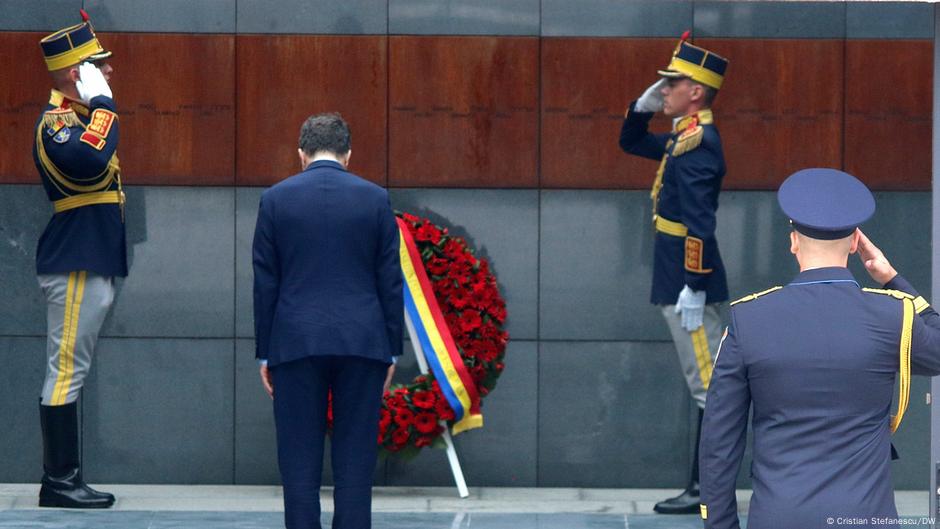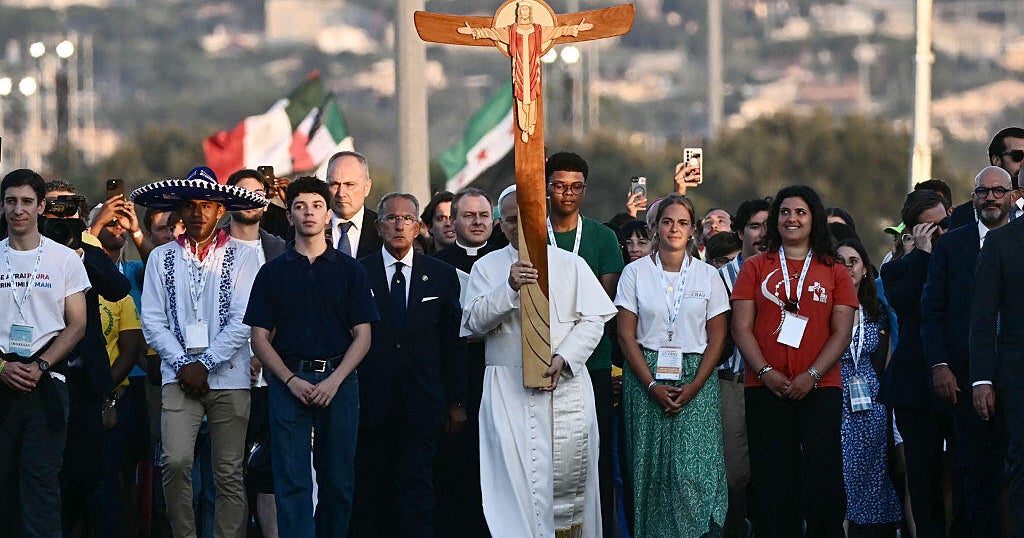
A baby born in Ohio may have broken a world record, after developing from an embryo that was frozen for over 30 years before being successfully transferred. Lindsey and Tim Pierce welcomed their son last Saturday through embryo adoption, using one of a set of embryos donated back in 1994.
The embryo that led to the birth had been stored for 11,148 days, a timespan that doctors say marks the longest an embryo has been frozen before resulting in a live birth. Embryo adoption, though still relatively uncommon, is attracting greater attention. Some fertility clinics and Christian adoption agencies support the practice as an alternative to discarding unused embryos, based on the belief that life begins at or near conception and that embryos deserve a chance to be born. “I felt all along that these three little hopes, these little embryos, deserved to live just like my daughter did,” said Linda Archerd, 62, who originally donated the embryos to the Pierces.In the United States, in vitro fertilisation (IVF) accounts for just about 2% of all births, and an even smaller portion involve embryos donated by other families. Yet experts say about 1.5 million embryos are currently frozen in storage across the country, many left unused while families decide what to do next.
The issue has become even more complex following a 2024 ruling by the Alabama Supreme Court, which declared that frozen embryos should be considered the legal equivalent of children. While a temporary law now protects fertility clinics from liability in the state, uncertainty continues over what the future holds for unused embryos. Archerd turned to IVF in the 1990s, a time when advances in freezing, thawing, and transferring embryos were just beginning to offer more hopeful outcomes.
After giving birth to her daughter, her plans to grow her family changed following a divorce. As the years went by and storage costs continued to mount, she found herself torn over what to do with the remaining embryos. Her search eventually led her to Snowflakes, a branch of Nightlight Christian Adoptions, which helps arrange embryo adoptions and gives donors the option to choose adoptive families and stay in touch with them, CNN reported. “I wanted to be a part of this baby’s life,” Archerd said. “And I wanted to know the adopting parents.” The process wasn’t easy. Archerd had to contact her original clinic in Oregon and retrieve old paper records to authorise the donation. The embryos were then carefully shipped to Rejoice Fertility in Knoxville, Tennessee, a clinic known for working with long-frozen embryos and refusing to discard any, regardless of age. Of the three embryos sent to the Pierces, one didn’t survive the thawing process. Two were transferred to Lindsey’s womb, but only one implanted successfully.John David Gordon, who oversaw the transfer, said the successful birth from a nearly 31-year-old embryo now breaks the previous record, also set at his clinic, when twins Lydia and Timothy Ridgeway were born from embryos frozen for 10,905 days. “I think that these stories catch the imagination,” Gordon said. “But I think they also provide a little bit of a cautionary tale to say: Why are these embryos sitting in storage? You know, why do we have this problem?” Lindsey and Tim Pierce weren’t aiming to break records, CNN cited the couple. “We didn’t go into this thinking about records, we just wanted to have a baby,” Lindsey said in a statement. For Archerd, the experience has been emotional, a blend of happiness that her embryos finally found a home, sadness that it wasn’t with her, and hope for a connection with the child she helped bring into the world. “I’m hoping that they’re going to send pictures,” she said. “I’d love to meet them some day. That would be a dream come true to meet, meet them and the baby.”

 8 hours ago
3
8 hours ago
3








